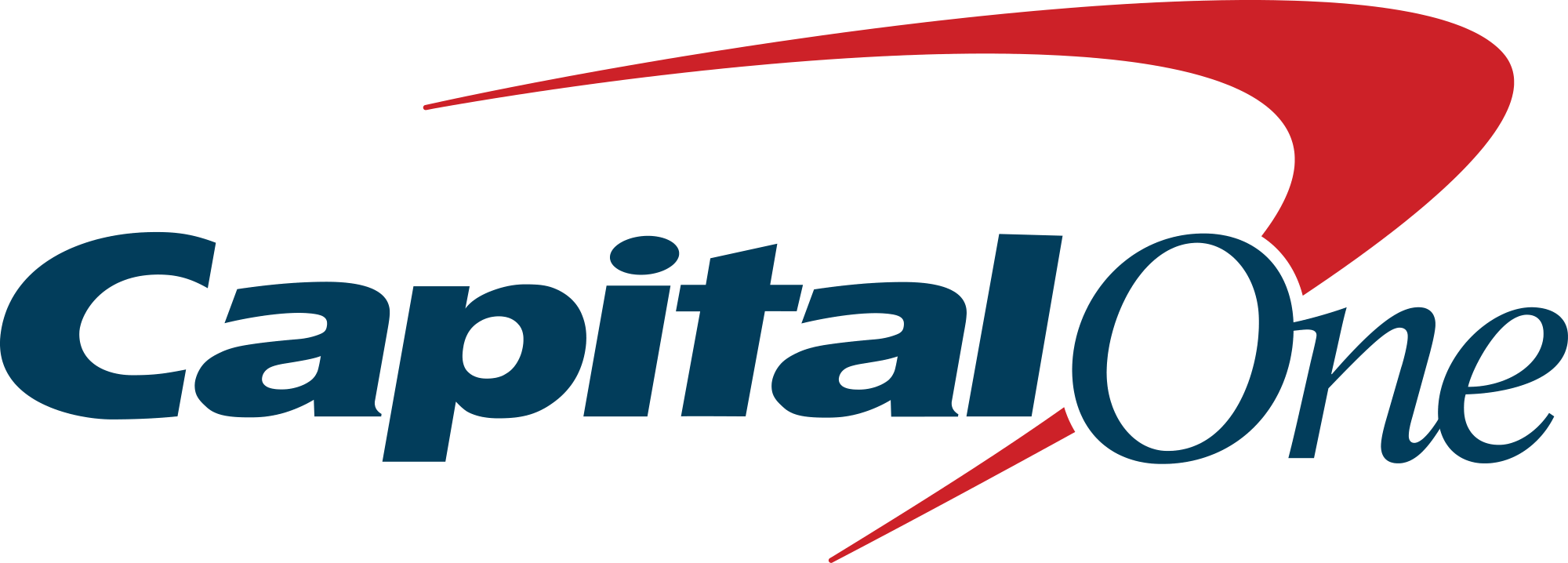I'm Giving Up a 5.05% CD Rate for a Rate of 4.5% Instead. Here's Why
KEY POINTS
- A bank I'm familiar with is offering a 5.05% APY on a 12-month CD, versus 4.50% for a 60-month CD.
- Because a 60-month CD better aligns with my goals, I'm choosing that option.
- I also want to lock in a longer-term CD before interest rates start to fall.
If you're like me, you get a little thrill every time you snag a great deal or save money. It's a good feeling to sign a loan at 6.2% right before rates climb to 6.5%. Similarly, it feels awesome to stumble across a random supermarket sale that brings the cost of your favorite cereal down to $3.29 from the usual $4.99 per box.
Because I love getting the best deals in the context of financial products, I've been known to spend a lot of time researching certificate of deposit (CD) rates. I did that last year when I had some spare cash to put into a CD, and I've done it again this month.
During my research, I found some CD rates at a lesser-known bank that I'm pretty happy with. But I'm intentionally not chasing the highest rate this bank is offering for one big reason.
When it pays to give up the higher rate
A bank I already have a CD at is currently offering a 5.05% APY on a 12-month CD, versus a 4.50% APY for a 60-month CD. Trust me when I say that I'm really tempted to take the 5.05% and run with it.
While you'll find a number of 12-month CDs being offered at just above 5.00% today, I don't expect that trend to last much longer. So I know that if I want a CD at over 5.00%, I have to act quickly, and I'm probably looking at a 12-month term or something in that vicinity. However, the 60-month CD at 4.50% makes a lot more sense for my personal situation, even though it comes with a lower rate.
Right now, I'm aggressively trying to save for college because that milestone is not so far away for my oldest child. Since I have most of my college savings in stocks, I want to put some money into cash in case the stock market performs poorly in the coming years and I don't have time to ride out a downturn as tuition bills start to come due.
My aim is to put enough money into cash to cover two to three years of college tuition. This allows me that much time to ride out a stock market decline. It also explains why a 60-month CD at 4.50% makes more sense for me. I'd rather accept a slightly less competitive rate on my money but know that I'm still locking in a pretty decent rate for five full years. If I go with the 12-month CD, sure, I get 5.05% -- for now. But what happens in a year from now? Since I'm looking at a five-year goal, it makes sense to have my CD's term match that time frame.
It's a good time to open a longer-term CD
It's not easy to commit a chunk of money to a longer-term CD. But here's the thing: The reason CD rates are so high right now is because interest rates are up in general following the Federal Reserve's series of interest rate hikes that took place in 2022 and 2023.
The Fed is expected to start cutting rates later this year, though. Once a few of those rate cuts take hold, you may be hard-pressed to find a CD paying 4.50%, let alone 5.00%. So the way I see it, it also makes sense to open a 60-month CD now at a strong rate that's not the highest because that same rate may not be available for many years once the Fed starts to make a move.
To put it another way, yes, I'll lose out on a bit of interest in the next 12 months by choosing a 60-month CD over a 12-month CD. But all told, I'm confident I can earn more money in interest all-in with a 60-month CD than a series of five consecutive 12-month CDs based on where I think interest rates are going.
So again, if you're like me and enjoy getting the best deals, you may want to look past the numbers on your screen and instead consider the big picture. Forgoing a 5.05% APY in favor of 4.50% might seem like you're losing out at first. But in the long run, you could come out a serious winner.
These savings accounts are FDIC insured and could earn you 11x your bank
Many people are missing out on guaranteed returns as their money languishes in a big bank savings account earning next to no interest. Our picks of the best online savings accounts could earn you 11x the national average savings account rate. Click here to uncover the best-in-class accounts that landed a spot on our short list of the best savings accounts for 2024.
Our Research Expert
We're firm believers in the Golden Rule, which is why editorial opinions are ours alone and have not been previously reviewed, approved, or endorsed by included advertisers. The Ascent, a Motley Fool service, does not cover all offers on the market. The Ascent has a dedicated team of editors and analysts focused on personal finance, and they follow the same set of publishing standards and editorial integrity while maintaining professional separation from the analysts and editors on other Motley Fool brands.
Related Articles
View All Articles
